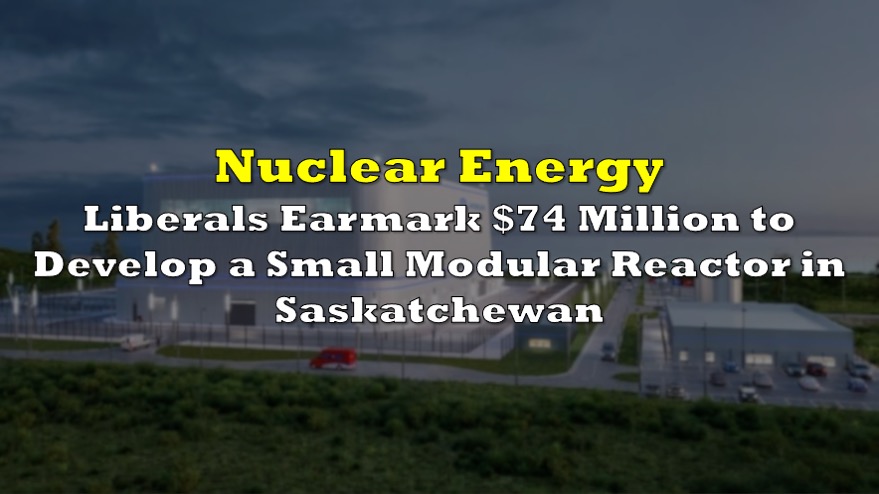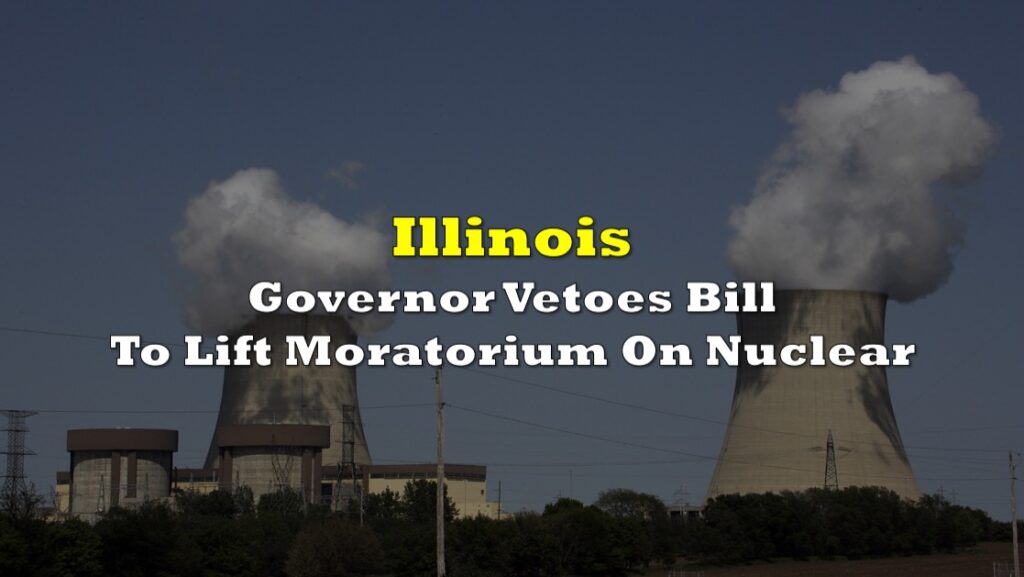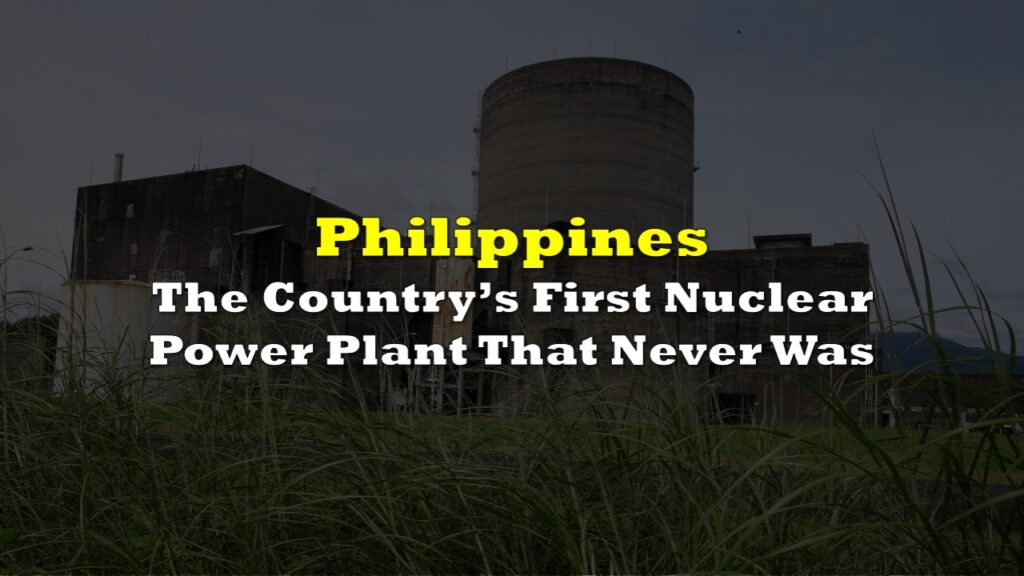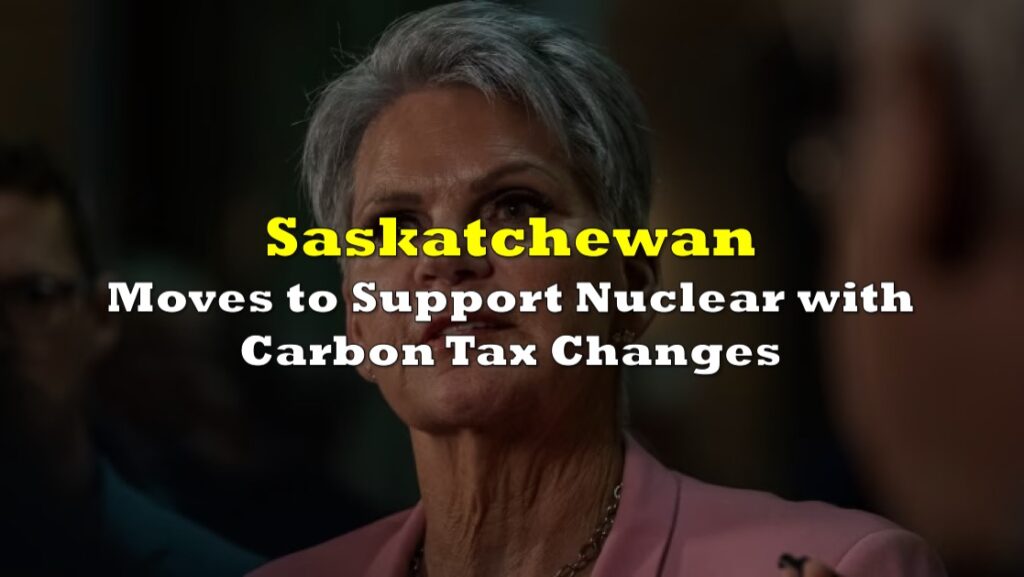Ottawa is committing to advancing small modular nuclear reactors (SMRs) as a strategic move towards achieving net-zero emissions.
Federal energy minister Jonathan Wilkinson recently announced the approval of up to $74 million for SMR development in Saskatchewan, as part of the Liberal government’s broader strategy to transition towards non-emitting energy sources to achieve climate goals.
The $74 million funding is earmarked for various preparatory works, from pre-engineering tasks and environmental assessments to community engagement and will be sourced from two significant revenue streams: $50 million from Natural Resources Canada’s electricity predevelopment program and over $24 million from Environment and Climate Change Canada’s future electricity fund. However, the exact allocation from this stream is contingent upon ongoing negotiations between Natural Resources Canada and SaskPower.
CAD74 million (USD55 million) approved for pre-engineering work and technical studies, environmental assessments, regulatory studies and community and Indigenous engagement Saskatchewan SMR project, Canada. pic.twitter.com/2nbBezbUFx
— R.K. Singh (@RKSingh96828356) August 22, 2023
The concept of SMRs is not new: these reactors are more compact than their conventional nuclear reactor counterparts, which produce around 1,000 megawatts of energy. SMRs, for their part, generate between 200 and 300 megawatts, sufficient to power approximately 300,000 homes.
The chosen reactor model for Saskatchewan is the GE-Hitachi BWRX-300, a choice also made by Ontario Power Generation. SaskPower, the primary electricity supplier in Saskatchewan, is taking the lead in this project and is considering Estevan and Elbow as potential SMR sites due to their proximity to water sources, power infrastructure, and potential workforce support. Although the exact location will be finalized by late 2024, if the project gets a green light, the first SMR could be operational by 2034, with more to follow.
Meanwhile, this initiative emerges amidst disputes over the federal government’s clean energy regulations, which some provinces deem unfeasible for the foreseeable future. Saskatchewan’s Premier Scott Moe has voiced concerns over Prime Minister Justin Trudeau’s goal of achieving a net-zero power grid by 2035, citing potential increases in power rates.
Information for this story was found via Natural Resources Canada. The author has no securities or affiliations related to the organizations discussed. Not a recommendation to buy or sell. Always do additional research and consult a professional before purchasing a security. The author holds no licenses.









